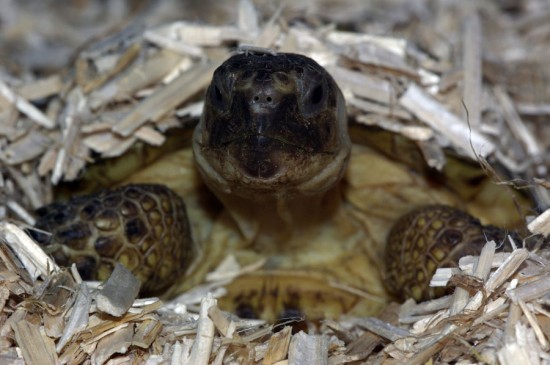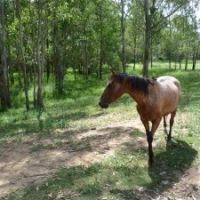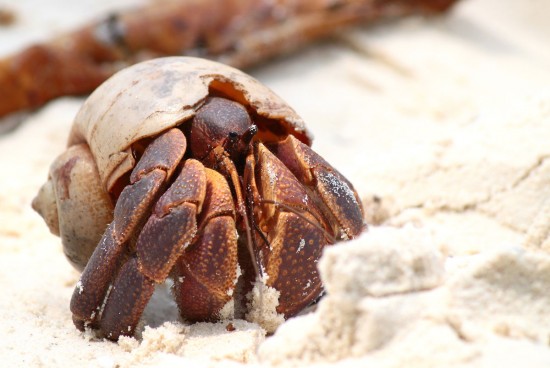
People experience objects by holding them, and turning them over in their hands. Dogs use their mouths to explore objects. They'll gnaw on them, bite them, and sometimes, tear them apart. They do so starting from a very young age, and continue the habit until their owners take corrective action.
When your pet's chewing becomes destructive, it can turn into more than an irritation. The cost of replacing damaged clothes, destroyed furniture, and other belongings, might become substantial. In this article, we'll help you address the problem. You'll learn why many canines chew nearly everything in their sight, and how to modify your pet's behavior using a positive training approach.
Why Your Dog Chews On Things
Canines chew for several reasons (in addition to instinct), and puppies often do it for different reasons than adult dogs. For example, if you have a young puppy making the transition from baby teeth to adult teeth, he may experience pain due to teething. Chewing on things reduces his discomfort.
Another common trigger is separation anxiety. If your pet becomes stressed when you leave him alone, he might chew on your shoes, furniture, or clothing, in order to relieve his nervousness. This particular problem is usually accompanied by several other signs, such as eliminating in the home, persistent barking, and scratching on doors or furniture.
Dogs also chew to spend pent-up energy. A lot of owners give their pets too little exercise, which deprives them of physical and mental stimulation. The result? Among other behavioral issues, destructive chewing.
Reduce The Pain Of Teething
If your puppy is chewing on your things to relieve pain stemming from teething, provide an alternative. For example, chewing a small, wet towel that has been chilled in a freezer will help lessen his pain. He is going to chew on something, regardless of the item. Giving him something cold on which to do it not only safeguards your belongings, but will be more effective in alleviating his discomfort.
Restrict Your Puppy's Access To Vulnerable Items
Confining your puppy to a specific room in your home will also help prevent him from destroying your things. If he has a crate, and has already grown accustomed to spending time in it, place him there during times you'll be away for short periods. You can also keep him behind a puppy gate that prevents him from roaming through your home.
The goal is to keep your pup separated from items you would like to protect. If you are going to confine him to a smaller space, however, make sure he has a few toys, including one designed for chewing.
Provide Appropriate Items To Chew
Whether your pet is still a puppy or an adult canine, he should have access to at least one chew toy. They are available in a variety of forms, including roundish, rubber toys like the Kong and nylon-based, durable toys shaped like barbells. By giving your pet a chew toy, you'll focus his behavior on the toy and away from your clothing, couch, and shoes.
Give Your Canine Plenty Of Exercise
This is one of the most effective methods for discouraging your dog's habit of chewing on your items. A large portion of canines chew out of boredom. They sit around their homes, and have no outlet for the energy they accumulate during the day. So, they direct the energy toward their owners' belongings. Professional trainers recommend giving your dog plenty of exercise to help him get rid of his energy. It will also provide mental stimulation for him.
Take your dog for a 20-minute walk at least once a day. If he is energetic, take him for longer walks more frequently. Also, consider visiting a dog park once a week where he can work off his pent-up energy by playing with other canines. You'll find that a constant source of exercise will make him much less likely to destroy your belongings with his teeth.
 Preparing Your Tortoise For Hibernation
Preparing Your To
Preparing Your Tortoise For Hibernation
Preparing Your To
 Breathing Issues In Cats
Breathing Issues
Breathing Issues In Cats
Breathing Issues
 My Horse Training Stories : Horse Trail Ride From Hell !
My Horse Training Stories… What happens when you break t
My Horse Training Stories : Horse Trail Ride From Hell !
My Horse Training Stories… What happens when you break t
 8 Easy Ways To Stop Your Dog Tracking Mud Into Your House
8 Easy Ways To St
8 Easy Ways To Stop Your Dog Tracking Mud Into Your House
8 Easy Ways To St
 Keeping Hermit Crabs For Beginners
Keeping Hermit Cr
Keeping Hermit Crabs For Beginners
Keeping Hermit Cr
Copyright © 2005-2016 Pet Information All Rights Reserved
Contact us: www162date@outlook.com